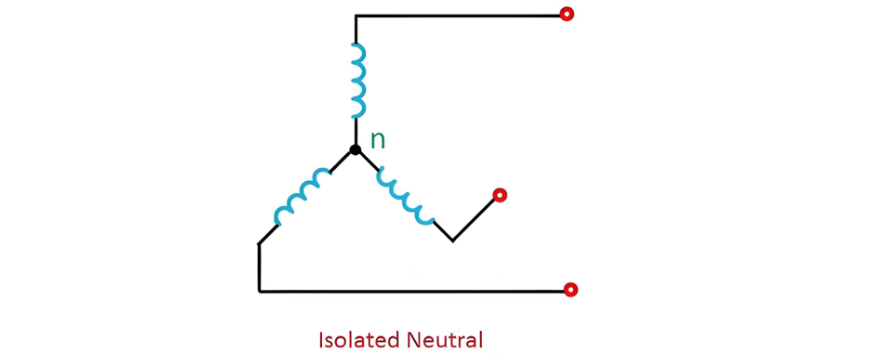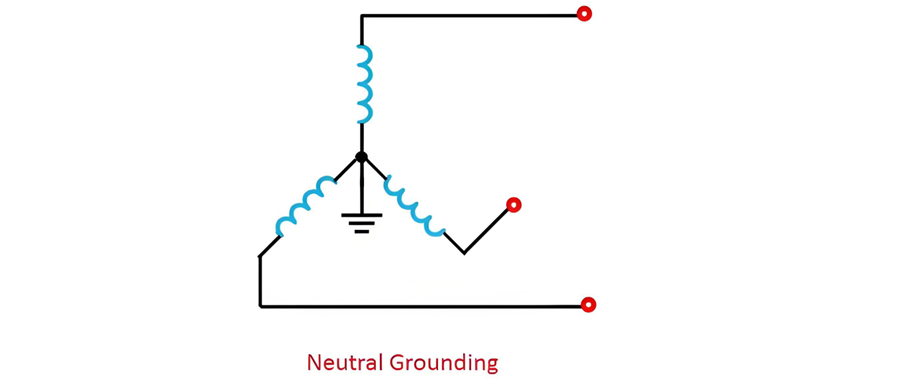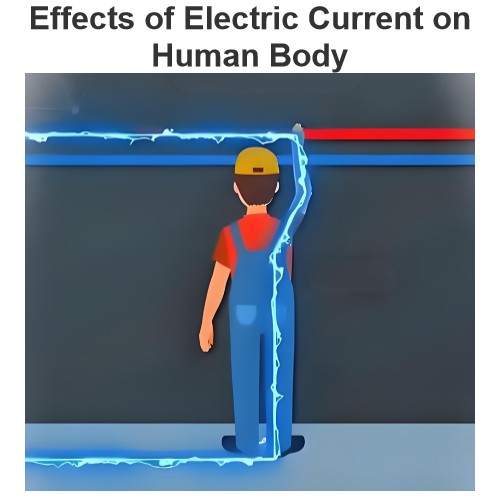Neutral Grounding
In a neutral grounding system, the neutral point of the electrical system, whether it pertains to a rotating machine or a transformer, is connected to the ground. Neutral grounding is a critical element in power system design, as it significantly influences various aspects of system performance, including how the system responds to short circuits, its overall stability, and the effectiveness of protective measures. A three - phase electrical system can be operated in one of two distinct configurations:
With an Ungrounded Neutral
With a Grounded Neutral
Ungrounded Neutral System
In an ungrounded neutral system, the neutral point is not connected to the ground; instead, it remains electrically isolated from the ground. For this reason, this type of system is also commonly referred to as an isolated neutral system or a free neutral system, as illustrated in the figure below.

Grounded System
In a neutral grounding system, the neutral point of the electrical system is intentionally connected to the ground. Owing to the various issues inherent in ungrounded neutral systems, grounding the neutrals has become the standard practice in the majority of high - voltage electrical systems. This approach helps mitigate risks and enhance the overall reliability, safety, and operational performance of the power grid.

The following are some of the key advantages of neutral grounding:
Voltage Limitation: It restricts the phase voltages to the line - to - ground voltages, ensuring a more stable voltage environment within the electrical system.
Arcing Grounds Elimination: By grounding the neutral, the potentially dangerous surge voltages caused by arcing grounds are effectively eliminated, reducing the risk of damage to electrical equipment.
Lightning Overvoltage Mitigation: Neutral grounding provides a path for the overvoltages generated by lightning strikes to safely discharge to the ground, protecting the system from harmful electrical surges.
Enhanced Safety: It significantly enhances the safety of both personnel and equipment by minimizing the risk of electric shock and reducing the likelihood of electrical fires and other hazards.
Improved Reliability: This grounding method contributes to improved service reliability, reducing the frequency and severity of power outages and system disruptions.
Method Of Neutral Grounding
The following are the commonly employed methods for grounding the system neutral:
Solid Grounding (or Effective Grounding): This approach involves directly connecting the neutral to the ground with a conductor of negligible resistance and reactance.
Resistance Grounding: Here, a resistor is inserted between the neutral and the ground to limit the fault current.
Reactance Grounding: In this method, a reactor (inductive reactance) is used to connect the neutral to the ground, which helps in controlling the magnitude of the fault current.
Peterson - coil grounding (or Resonant Grounding): Utilizes a Peterson coil (an iron - core reactor) connected between the transformer neutral and the ground to limit the capacitive earth - fault current.
The choice of the appropriate grounding method depends on several factors, including the size of the electrical unit, the system voltage level, and the specific protection scheme that will be implemented.
The Electricity Encyclopedia is dedicated to accelerating the dissemination and application of electricity knowledge and adding impetus to the development and innovation of the electricity industry.













